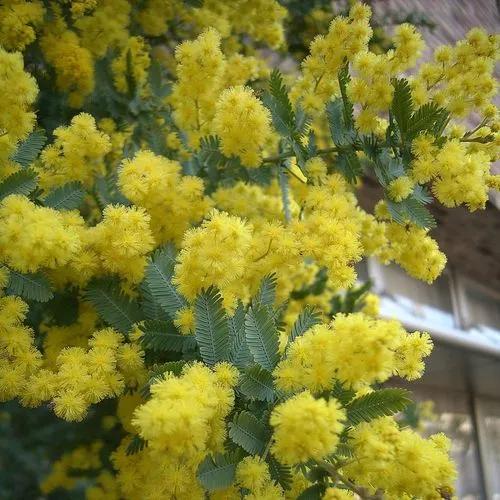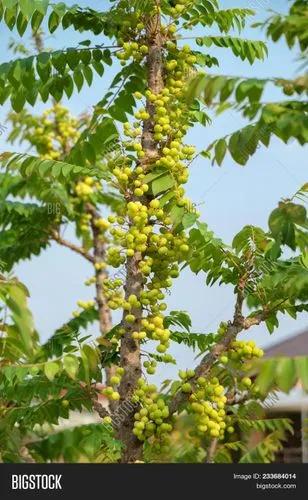Quercus macranthera, commonly called the Caucasian oak, or the Persian oak, is a species of deciduous tree native to Western Asia (northern Iran, Turkey; and in the Caucasus in Georgia, Armenia, and Azerbaijan) that is occasionally grown as an ornamental tree in Europe growing to 30 metres tall.
Caucasian Oak Care
Quercus Macranthera



The Persian oak is a tree up to 20, rarely up to 30 meters high with a high domed crown. The bark is thin and flakes off in large sheets. The shoots are thick and have gray tomentose hairs, they only begin to shed in the 2nd year. The buds have permanent, thread-like stipule scales. The leaves are 8 to 20 centimeters long, obovate, with a rounded tip and a narrowed base. The blade is regularly flat-lobed with 7 to 11 rounded, egg-shaped lobes on each side. The lobes in the middle of the leaf are the largest.
Seven to eleven pairs of nerves are formed. The upper side of the leaf is dark green and almost hairless, the underside is hairy gray to yellowish tomentose. The fruits are about 2.5 centimeters long, egg-shaped-ellipsoid and half surrounded by a hemispherical fruit cup with lanceolate, upright or splaying scales.
Discover more plants with the list below
Popular articles






